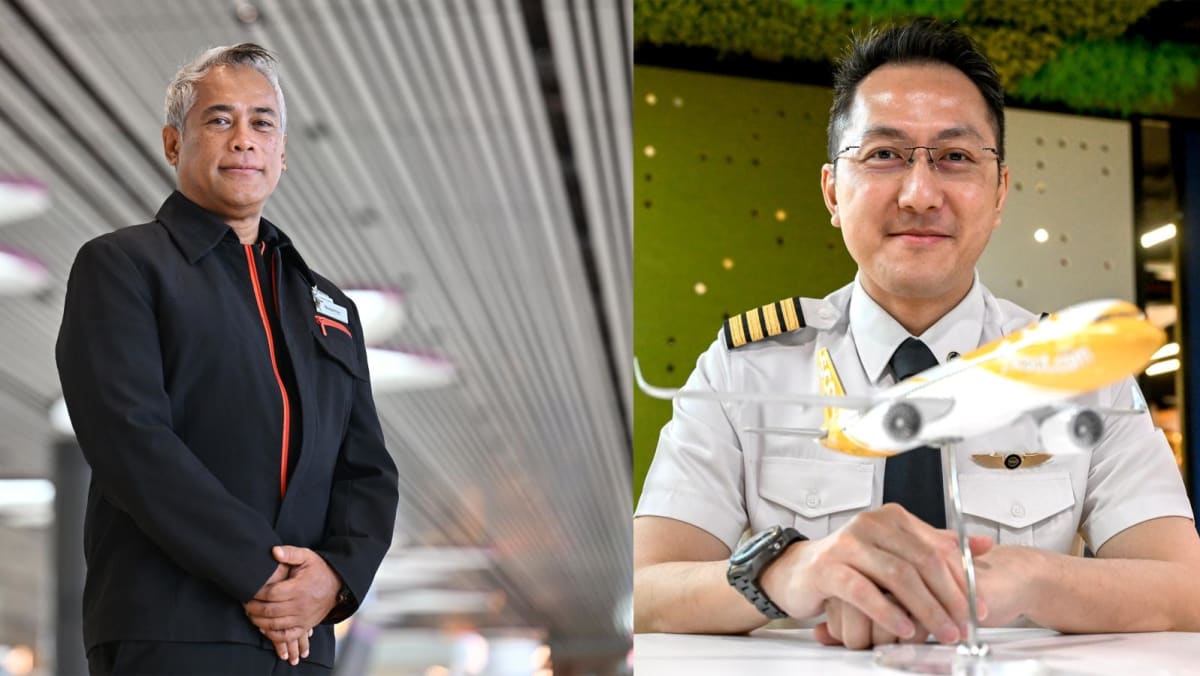A BRIEF HISTORY
The early 2000s were a time of growing appetite and need for air connectivity in Asia, especially within Southeast Asia.
The regional geography was fragmented and lacking an integrated network of road, rail and sea links.
It was in this setting that several local low-cost carriers entered the fray, looking to also meet rising demand for cheap travel.
First to take off was Valuair in May 2004. It sought to revolutionise low-cost travel by offering a light meal on board to all passengers, and assigning seats as opposed to free-seating arrangements preferred by budget airlines in those days.
A simple flight from Singapore to Bangkok was not expected to turn heads – but this one did.
In the weeks leading up to this landmark budget trip, full-service carriers Singapore Airlines (SIA) and Cathay Pacific began to slash prices, with SIA selling tickets to Bangkok at only marginally higher prices than Valuair.
“I’m very surprised at the reaction of the big boys,” then-Valuair chairman Lim Chin Beng said at the launch of the first flight.
Yet it was only a matter of time before Valuair would be overwhelmed by rising fuel costs, continued price wars with full-service carriers and the entrance of two rivals that same year: Tiger Airways and Jetstar Asia.
“When we planned this airline, there did not appear to be any other budget carriers,” Mr Lim said in 2005. “If there were only one or two, the full-service carriers would have been more tolerant.”
With the writing on the wall, Valuair was acquired by Jetstar Asia in July 2005, just over one year from its maiden flight.
Jetstar Asia’s Mr Norazman, who joined the airline in October 2004 – even before its first flight – recalled having to wear two different uniforms due to being rostered for Valuair flights as well.
Together with older Asian budget airlines such as Malaysia’s AirAsia and Philippines’ Cebu Pacific, the business took off over the next few years.
By 2009, low-cost carriers were accounting for 23 per cent of Changi Airport’s total passenger traffic, according to data from the Civil Aviation Authority of Singapore (CAAS).
It didn’t take long for Changi to spring into action.
“Being Asia’s regional hub for air travel, Changi Airport saw an opportunity to expand its city links to serve this need by introducing low-cost carrier operations in Singapore,” said Mr Lim Ching Kiat, Changi Airport Group’s executive vice-president for air hub and cargo development.
In 2006, it built a no-frills, budget terminal with no aerobridges and transfer facilities, to support the growth of low-cost carriers.
While the terminal grew to accommodate more passengers over the years, it was closed in 2012 to make way for the construction of a larger, full-service Terminal 4.
Calling it a “hard” decision, Mr Lim said the move was made based on feedback from passengers that they wanted the same level of service from Changi Airport even while travelling on budget carriers.
Growth over the ensuing decade was briefly checked by COVID-19 ravaging air travel in the early 2020s, but the industry has bounced back in force. Budget carriers currently contribute to about one-third of Changi Airport’s passenger traffic.
